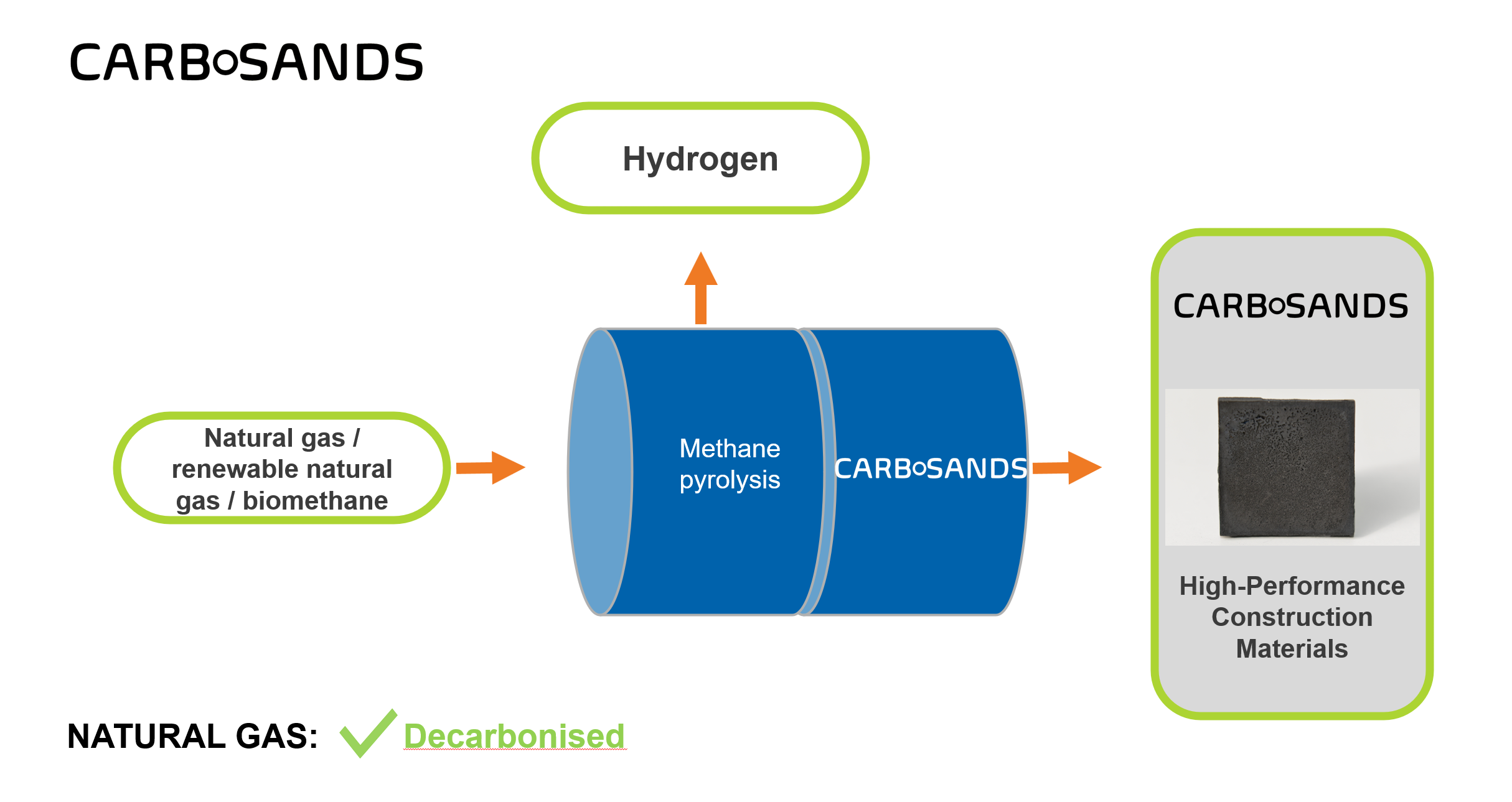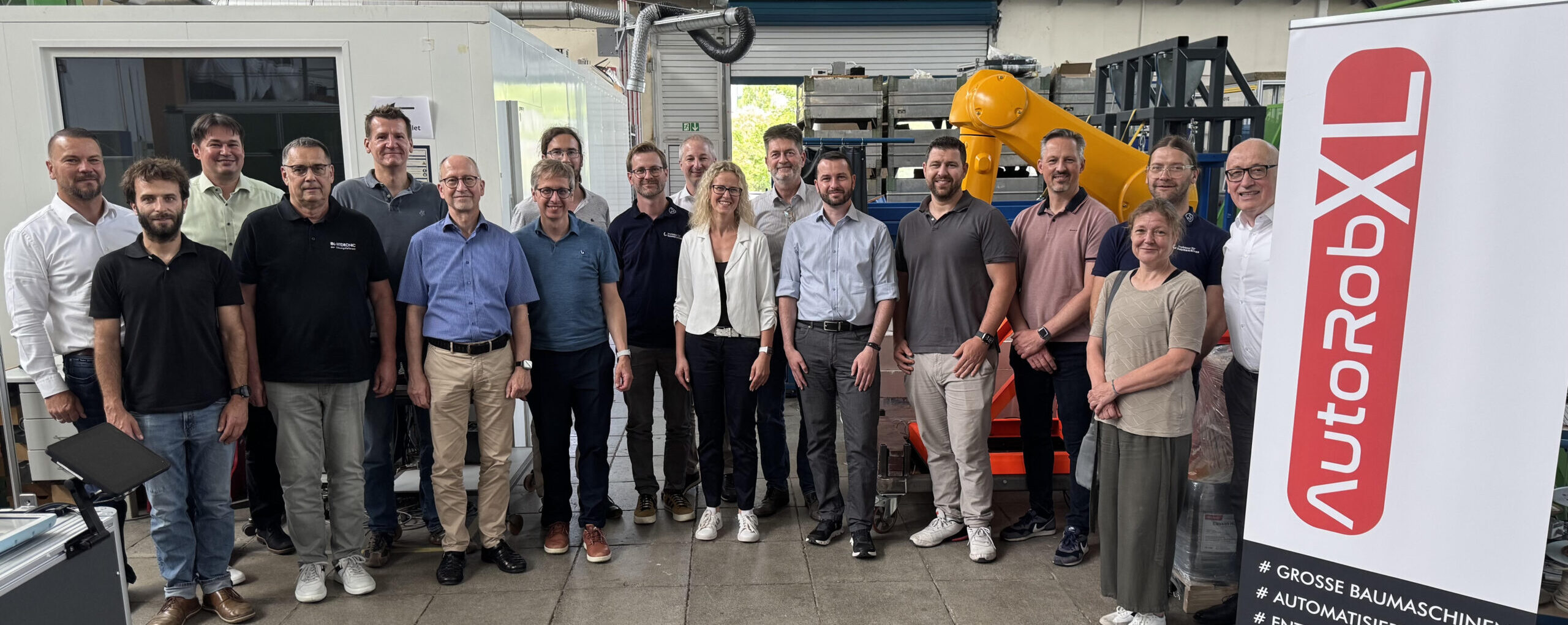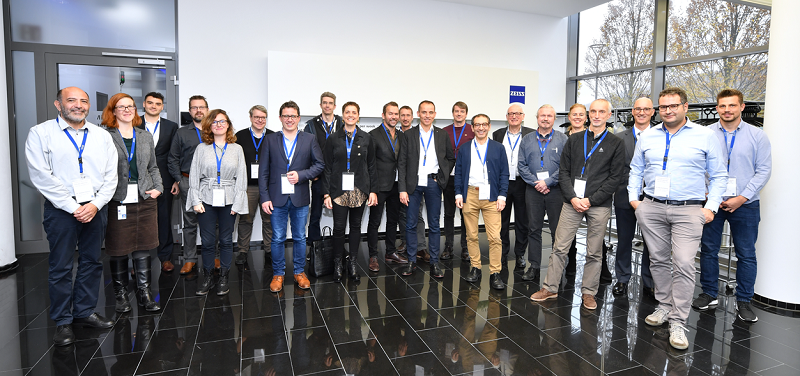Contents
CARBOSANDS – a new role for natural gas in the Net-Zero world
Great news for our CARBOSANDS venture: the PCT patent application for our platform process – for converting methane into solid carbon granulate – has received a positive opinion from the European Patent Office (EPO).
This paves the way for the national phase – and strengthens the IP basis for a technology that produces clean hydrogen and at the same time supplies high-performance materials for the construction industry.
The highlight: our patented granulate can replace construction sand in concrete – climate-relevant, mechanically superior, permanently bound.
We are looking forward to exploratory talks with partners from industry and the construction sector.
About CARBOSANDS
CARBOSANDS is developing an innovative solution to transform natural gas and biomethane into CO₂-free, clean hydrogen and high-quality building materials – with zero emissions.
This is how it works:
-
Methane pyrolysis splits methane into hydrogen (as a clean energy source) and solid carbon.
-
The solid carbon is processed into a high-performance material in a specially developed fluidized bed reactor and a patented granulation process.
-
The result is a granular carbon that can replace conventional building sand in concrete – with high compressive and tensile strength thanks to optimum grain shape and particle distribution.
Double the added value, double the impact:
-
Hydrogen as a valuable, emission-free energy source
-
High-performance material for the construction industry – opens up a gigaton-strong market.

Carbosands process
AutoRobXL automates the construction site
Future potential:
Climate-positive building
-
If biogas or renewable methane is used, CARBOSANDS goes beyond CO₂ neutrality – by permanently embedding carbon in buildings.
-
The material is fully recyclable, carbon remains immobilized throughout life cycles – creating a decentralized CO₂ sink.
-
Each tonne of embedded carbon corresponds to 2-3 tons of CO₂. If used globally (3 billion tons of material per year), the potential is up to 9 billion tons of CO₂ storage per year.
Conclusion
CARBOSANDS combines hydrogen production with building material innovations – in a scalable, economically attractive production process without CO₂ emissions. This is a potential game changer for sustainable infrastructure.
Further information can be found on the website: CARBOSANDS






